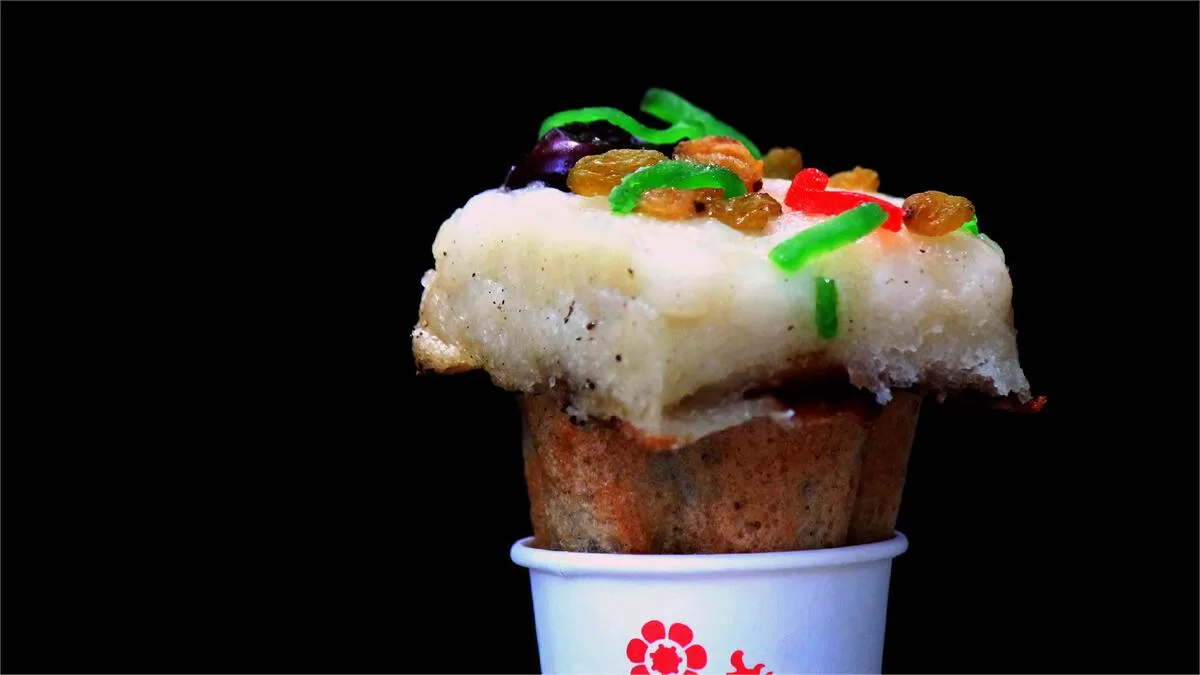Plum Blossom Cake (Mei Hua Gao, 梅花糕) is a renowned regional delicacy hailing from the southern regions of China, particularly in places like Jiaxing in Zhejiang Province, and Nanjing, Suzhou, and Wuxi in Jiangsu Province. Originating during the Ming Dynasty, it flourished into one of the most famous traditional cakes in the Jiangnan area by the Qing Dynasty. Legend has it that during his visit to Jiangnan, Emperor Qianlong was captivated by the cake’s resemblance to plum blossoms and its alluring color, leading him to personally taste this delectable treat. Its sweet yet not overly cloying taste, coupled with a soft and crisp texture, made it a preferred choice even over imperial court desserts, earning it resounding acclaim.
Named after its resemblance to plum blossoms, Plum Blossom Cake is similar to Begonia Cake, showcasing a golden hue and a delightful sponginess that appeals to individuals of all ages. While preserving traditional preparation methods, Plum Blossom Cake has evolved with the addition of ingredients such as small glutinous rice balls, red and green fruits, and pine nuts, enhancing its flavor. The cake can be prepared in various ways, incorporating fillings such as red bean paste, fruit jam, and nuts. Its composition involves a mix of flour, red bean paste, and granulated sugar, among other ingredients, baked using specially designed ovens.
What distinguishes Plum Blossom Cake is the diverse array of preparation methods. It might feature sticky glutinous rice balls on top, fragrant raisins, and finely-textured red bean paste within. The enticing aroma of caramelized sugar, along with the vibrant hues of assorted decorations, complements the slightly chewy outer layer enveloping the rich red bean paste or fruit jam inside. The warm and comforting sensation, combined with the concentrated sweetness, delights the taste buds with each bite, creating an indulgent experience that leaves a lasting impression.


